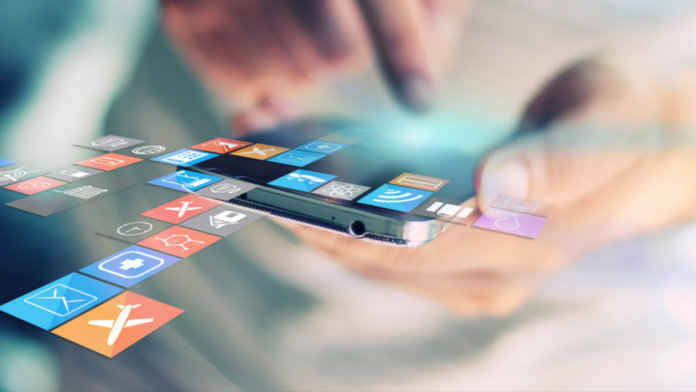When you go to the doctor or the hospital and get your vitals checked, it’s safe to assume they’re recorded and processed as data. The same goes for your weight, imaging procedures like X-rays or MRIs, and any other routine or non-routine tests you undergo—it’s all part of the bigger picture of your health, and how to maintain or improve it.
But what if all that information only makes up a small piece of the puzzle? According to John Brownstein, professor of biomedical informatics at Harvard Medical School and chief innovation officer of Boston Children’s Hospital, there are reams of health data out there that aren’t being used—namely from social media.
In a talk at Singularity University’s Exponential Medicine last week, Brownstein told the audience about how the various layers of data that have become an integral part of our lives can be leveraged for healthcare purposes.
“There’s a huge amount of data that’s being generated, but all the information is incredibly siloed, and it’s not really connected in any way,” he said.
Brownstein contrasted health data with the data layers used to build navigation apps like Google Maps. Land use, transportation, and infrastructure all have one common unit of analysis, which is a location’s latitude and longitude. These identifiers allow us to get characteristics of any location across the various types of data. The unit of analysis for healthcare data is the patient—but we have a ways to go before it’s as hassle-free to get information about our health as it is to get information about a city block.
Moreover, some of the most relevant data about our health is getting left out altogether.
“Only a small proportion of risks and outcomes are related to someone’s biology and genetics,” Brownstein said. “Their circumstances, location, behavior—those are what really drive most outcomes. But that data isn’t captured in the course of care.”
When someone gets sick, he explained, there are many steps that exist before they get to the hospital or doctor, and many steps after they leave as well. To start tapping into the data on these steps, Brownstein’s team came up with a concept called the digital phenotype. He described it as “the idea that all the data we generate with our interactions with technology, our wearables, what we’re tweeting about, our searches on Google—all that information can have incredible insight into our health behaviors and outcomes.”
Here are a few examples of surprising ways our tweets, likes, and searches illuminate details about our health.
HealthMap: Brownstein described HealthMap as a “weather map for disease.” The tool is a real-time map of disease events around the world, and it can provide information to government agencies. It works by mining social media—if hundreds of people all start tweeting, searching, or sharing information about the same condition in a given area, that obviously means something’s up.
The app identified H1N1 (also called swine flu) in Mexico days before the Centers for Disease Control and Prevention did. “Not only that,” Brownstein added, “this data can provide a global view of the movement of a virus in real time. This is something no public health agency with standard data collection mechanisms can do.”
StreetRx: A site that tracks the black market value of prescription drugs via voluntary crowdsourced information. Besides monitoring social media posts about people buying and selling illegal drugs (which, Brownstein said, are more common than you’d expect), people can anonymously report how much they paid for a drug and compare its price across different geographic areas.
The tool is used by government agencies to understand the real-world impact of new products. When Oxycontin’s formulation was changed to make it harder to get high off crushing and snorting it, StreetRx was used to confirm that the strategy was working—Oxycontin dropped in price.
MedWatcher Social: This tool aggregates tweets about drug side effects, and has created an extensive database that’s considered to be more complete even than the FDA’s. Only a small fraction of drug mentions on Twitter are about negative side effects, so a lot of data filtering is required. When a tweet is confirmed to be an adverse effects report, MedWatcher tweets back at the user asking them to fill out a more complete report.
These tools, as Brownstein sees it, are just the beginning. The data we’re inundated with on a daily basis has great potential to positively impact our health. “The reality is that we don’t have an infrastructure to take all our know-how, all our applications and tools, and extend them,” he said. “We want to create that abstract layer in healthcare.”
Image Credit: Shutterstock.com



